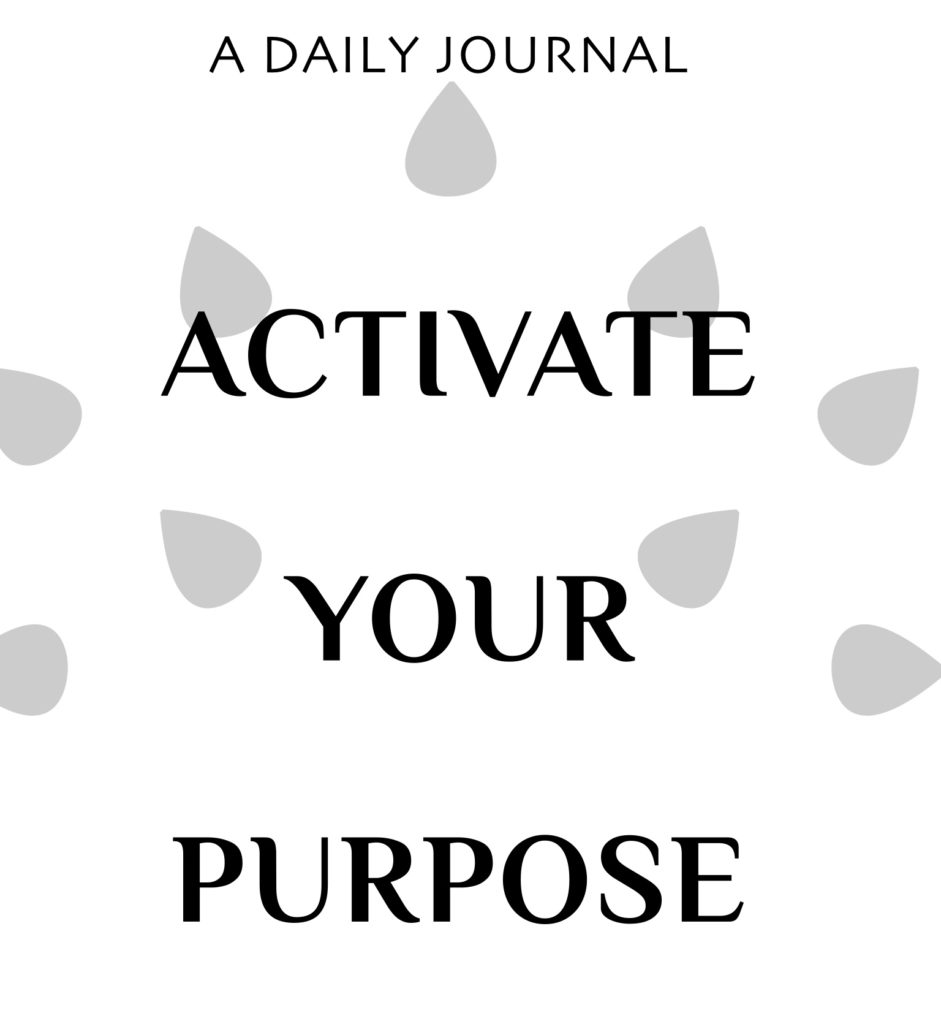I’m easy to do but can take a lifetime to master. You’ve likely tried me out many times. You can buy me and sell me, but you probably already have 6 of me on your shelf.
Did you guess journaling? If so, winner-winner-chicken-dinner! But whether you figured it out or not, you may be reading this and rolling your eyes I get it. Everyone seems to be going on and on about journaling. But don’t worry, this is not another article about why you should buy yet another one of those beautiful Moleskine notebooks (that will just sit on the bottom shelf of your bookcase).

Here’s the thing, we’re all talking about the act of writing things down not because Gwenyth Paltrow says, so (although she does) or because Moleskine journals are so beautiful (which they are!) — but because it’s how our brain works best. And that statement isn’t conjecture — the science proves it.
Back To Primary School We Go
If you think back to being in school — from primary grades all the way through university — what did you do when you needed to learn a new concept? You wrote notes! How did you remember how to make your grandma’s pie crust recipe? You wrote it down.
The brain-changing power of putting pen to paper is simply undeniable.
In fact, French psychologist Stanislas Dehaene did a study that found that when we write a given thing down, we automatically activate a unique neural circuit, which wires new neuropathways — something that doesn’t happen when we type on a device. The science shows that pen and paper has a higher transference level than typing on your computer.
In fact, studies found that because it takes more effort and processing time to physically handwrite something, it permits us to be more mindful with the process of dictating the information. It is this process that causes whatever we’re writing to become more permanent.
So, it’s not just in your head that writing things down brings them to fruition and helps you remember them better.
Writing something down helps you form new neural circuitry. Cool. So, what happens in the context of journaling?
New Neuropathways, New Approaches to Old Practices
Building new pathways is crucial for establishing new habituations. Doing anything, including writing things down in a consistent, structured form (such as journaling), allows us to reflect on our current and past choices, and also contemplate how those choices have (or haven’t) served our purpose.
As we reflect, the new neuropathways allow for more permanence in those beautiful ideas floating around between your ears, which ultimately helps you bring them to fruition. This process transforms a “should” into a “when.”
The practical manifestion of this process is that when we write down our aspirations and intentions, we are more inclined to act upon them and achieve the actions and lifestyle we desire. Each time we engage in the practice of writing something down, we strengthen that neuropathway into a stronger, thicker, more defined neurohighway.

And when we do achieve that goal, or complete that task, we not only get the dopamine hit from accomplishing the task, but the dopamine hit from writing down that we did the task. It’s kind of like telling your mom, “Hey mom, look, I did this thing! Aren’t you proud of me?”
So whether you want to call it note taking, journaling, or if, like me, you just like writing a bunch of sticky notes – writing things down is absolutely a routine super power.
The challenge is that writing things down can take so many forms, and finding the best and most sustainable style for you is important.
Much like meditation, exercise, or jeans, no one can really tell you what will fit you best. You just need to try it out and try it on! It’s a process of finding what works for you — and it doesn’t matter if it works for anyone else.
Ready, Set, Write This Down!
So, what style works best for you? The only way to know is to get started and see what fits. And I want to make it as easy as possible for you to start this process. So, I’ve created a page for you to use during the week ahead that I am actually really excited about.
I’m not saying that it will forever and always work for you, but it’s worked for me. Even my husband Charlie, who is NOT a journaling fan, found it to be helpful, succinct, and effective. But in order for it to work, like all of these practices, it needs to become a part of your routine. It can also help support your routine – double whammy, anyone?
But before I explain what I’ve put together for you, let me explain the real reason I created it.
You see, writing things down is more than a superpower for cementing your routine, it can also be a routine in itself. And since it allows for new neuropathways to be formed, allowing for new habituations, it is often one of the most powerful routines we can have.
So, we’re going to use a daily writing routine that happens twice during the day. Once, first thing in the morning, and once right before you go to sleep.
You can download the PDF pages via the link just below. The PDF includes 7 journal days — one for each day of the next week. I encourage you to download the PDF and print it out right away – in fact, go ahead and just click here! Put your pages next to your bed so that you can complete them the moment you wake up. I know this is hard, especially if you already have a routine — but we are taking the first micro-step in re-building your routine.

Once you’ve started journaling for a while, you may decide to re-arrange your routine, but this is just a Karate Kid practice of exercising our “change your routine” muscle — you know, a little bit of wax on, wax off!
Before I send you on your writing way, let me walk you through the process.
The top part of the journal page is intended for the morning and includes an inspirational or challenging quote at the top of the page. There’s also a spot for you to write your own affirmation.
Below that are three slots to write the items that will help you inch your way closer to your purpose that day. Ultimately these are the three tasks, or items that you must complete before you go to sleep.
By writing them down, you are promising yourself you will do all you can to complete them. Just below that is a spot for you to write one item (or more if you’d like) that you are grateful for.
For both the tasks and your gratitude statement, be as specific as possible. You aren’t just grateful for a supportive husband, you’re grateful for the way your husband is a great listener in that given situation, or that you are privileged to do x, y or z. The more explicit you are, the more invested you’ll be!
Below the moon there are two sections I like to complete just before bed. In the first section, write, again as explicitly as possible, three things that went well that day.
These don’t need to be big wins. In fact, a great way to create sensitivity and validate your routine is to focus on your teensy tiny micro wins.
Following that, the last section is for you to identify the one thing you could’ve done differently that day.
Just remember to be kind to yourself. This isn’t a place to beat yourself up. It’s merely a chance to think about how we want tomorrow to go! What did we do today that we can do differently tomorrow?
And then just do this every day.
